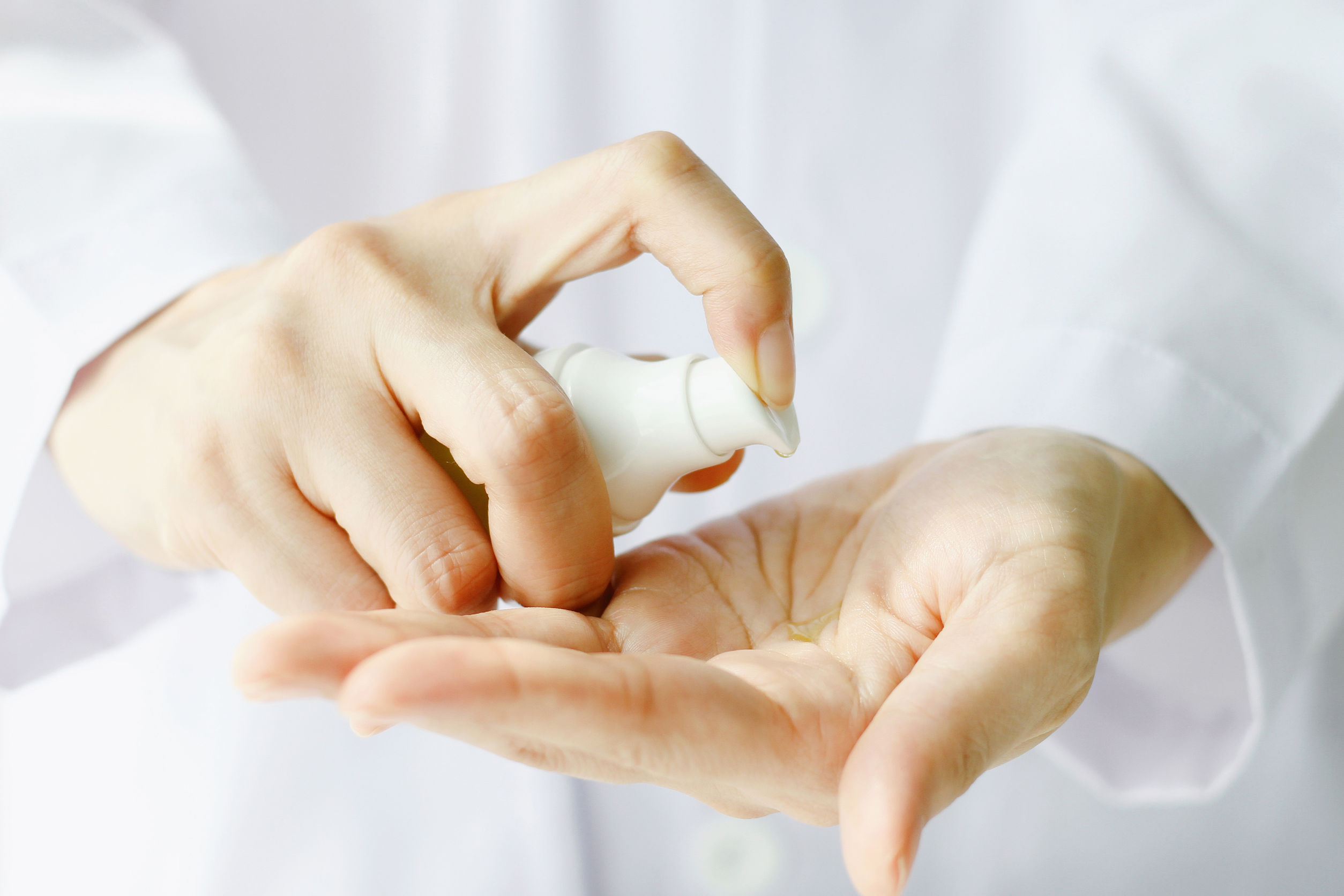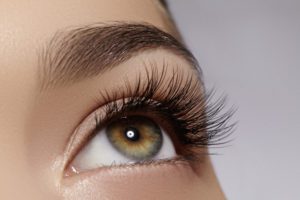In Australia, testing on cosmetic products is mostly not mandatory. However, there are many reasons why cosmetic products in Australia and overseas undergo a number of tests and clinical trials:
To obtain safety and efficacy data during the product development phase
To ensure quality
To be able to differentiate their product (i.e. competitive advantage)
The aim of this article is to touch briefly on the most popular cosmetics tests available:
In vitro tests for finished products and raw material
Toxicology tests for ingredients
In vitro tolerance tests for finished products
In vitro sensitization tests
In vitro efficacy
Antioxidant/anti free radical activity
Whitening activity
‘Soothing activity’
Cell renewal
Collagen synthesis
‘Healing activity’
Endocrine disruptors
Microbiology studies
Challenge tests (i.e. demonstrate the antimicrobial activity effectiveness of the preservative system of your cosmetic product before its launch)
Quality control
Stability studies
Microbiological efficacy
In vivo and in vitro sun care products tests – exception based on TGA regulation
The TGA regulates some sunscreens as therapeutic goods in Australia. Primary sunscreens (products used primarily for protection from UV radiation, SPF 4 or more) and moisturisers containing sunscreen with SPF greater than 15 fall under this category (i.e. they are not cosmetic products). Only approved ingredients can be included in sunscreens, and each of these ingredients has been assessed for safety. The TGA requires the efficacy of each sunscreen product to be tested to determine the sun protection factor (SPF), which is printed on the label. Therefore, for most sunscreen products some level of testing is mandatory.
Although in vitro testing can be extremely valuable in the product development process, when we talk about “claims substantiation” we primarily need to refer to in vivo clinical tests, as these are the tests that commonly provide the evidence needed to support product efficacy and safety claims.
Cosmetic claims have been defined as “any product information in public domain regarding content, nature, effect, properties or efficacy etc. From a marketing prospective they are designed to drive consumer interest by stating product features”.
The most common claims are:
Product Performance claims “reduces the appearance of wrinkles “
Ingredient based claims “contains glycerine to hydrate the skin”
Sensory claims “the skin feels soft”
At some point of the product and brand development process becomes important to have a claims plan for certain products. Marketers need to identify product claims that meet the interest and expectations of consumers in the desired market(s) and match this with their research. Here are some examples of tests that might be necessary to support products claims:
In vivo tolerance and efficacy clinical tests
Dermatological safety tests
Efficacy tests
Objective measurements (highest level of scientific evidence)
Trans-epidermal Water Loss (TEWL)
Skin pH
Moisturising effect
Soothing
Skin radiance
Skin oiliness
Anti-acne
Anti-ageing
Anti-wrinkle
Skin firmness
Immediate smoothing
Dark circles & Eye puffiness
Hyperpigmentation
Matt & Shine
Cleansing
Hair & Scalp
Scars and stretchmarks
Etc.
Clinical grading/Expert assessment
Before and After clinical photography (supporting visual evidence)
Consumer studies (subjective assessment)
Advertising Cosmetic Products
Attention! The definition of “cosmetic” is important. Cosmetic claims must meet the definition of cosmetic product e.g. “reduces the appearance of wrinkles”. If the claim meets therapeutics definition i.e. “eliminates wrinkles” the product will be regulated as a therapeutic product.
In Australia, advertising of cosmetic products is regulated by the Australian Consumer Law (ACL) and enforced by the Australian Competition and Consumer Commission (ACCC). The ACCC states that: “It is unlawful for a business to make false or misleading representations about goods or services when supplying, offering to supply, or promoting those goods or services”.
Therefore, to be lawful claims must refer to:
ESTABLISHED EVIDENCE when effects are obvious, evidence based on published reports, previous studies, publicly available information or product formulation details. This means that brand owners might not need to conduct more testing (i.e. contains glycerine to hydrate the skin)
FURTHER EVIDENCE TO SUPPORT ESTABLISHED EVIDENCE when more detailed evidence is required to prove a particular aspect of the claim. In this case, brand owners might need to conduct more testing (i.e. hydrates the skin for 72 hours)
SCIENTIFIC/TECHNOLOGICAL DEVELOPMENT when the claim refers to a break-through formulation, a novel ingredient, or a benefit that is totally new. If this is the case, brand owners will certainly need to conduct more testing (i.e. new product reduces appearance of wrinkles by X%).
Essentially, marketers have two options:
making small changes to the claim to accommodate the level of evidence they are prepared to support
conducting a test to create extra value for the product
Sometimes testing is conducted in certain countries so importers/exporters can meet regulatory requirements. Also, to prove actual efficacy in the country the products are sold. Sometimes the decision is simply based on specific research centre capabilities. Other times it is due to seasonality (some skin care studies are best conducted in winter).
Conclusion
Tough competition drives cosmetic brands to focus more on product development and marketing. Product testing is a way for cosmetic companies to invest in their potential competitiveness in both areas. However, can small/medium cosmetic companies afford testing?
In Australia we are fortunate to have an ‘R&D TAX Incentive’. This is a government initiative, which offers generous benefits to companies conducting product testing in Australia. The Incentive for eligible core R&D activities or supporting R&D activities is a 43.5% refundable tax offset if the turnover of the Australian entity is less than $20 million per annum OR a 38.5% non-refundable tax offset for all other eligible entities (information correct at the time of writing).
As safe and effective products together with good marketing are vital for cosmetic brands, understating the testing available for cosmetic products becomes essential. This overview of the different types of cosmetic tests aims to provide just that. Research service providers and cosmetic companies are encouraged to work together to strive for quality and success of cosmetic products.
—————————–
References:
https://www.ideatestsgroup.com/
https://www.business.gov.au/assistance/research-and-development-tax-incentive



